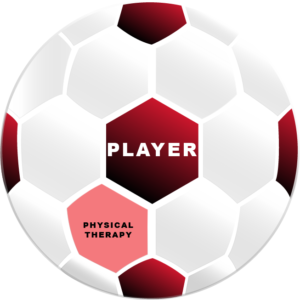
When a player is injured, La Roca FC helps ensure the player receives professional medical attention and subsequent physical therapy. La Roca’s physical therapy partners use proven techniques to expedite healing and prevent a repeat injury.

The following Physical Therapy Tips were posted on La Roca’s social media pages.
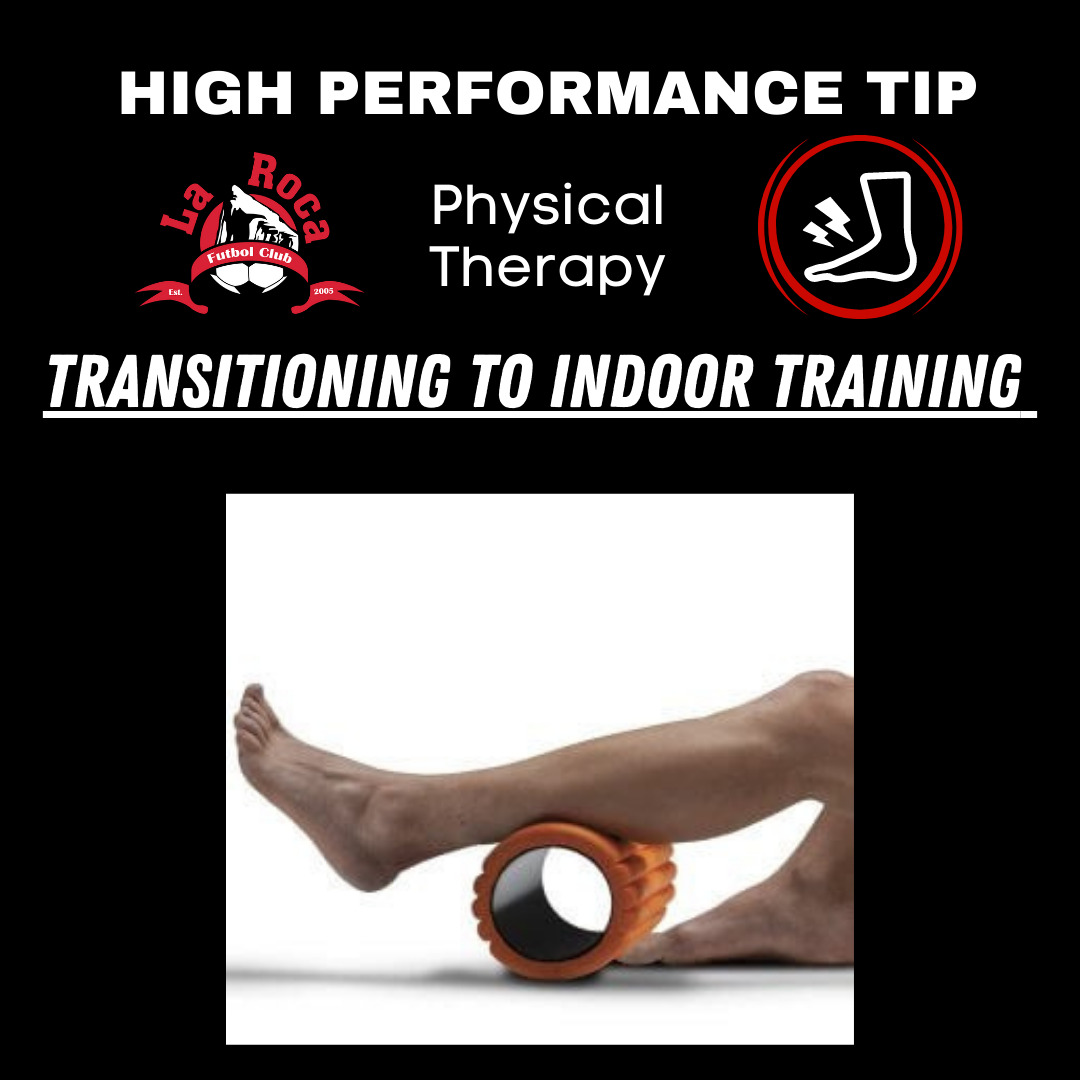
Many athletes in Utah will be transitioning from training outdoors on natural training surfaces to training indoors on synthetic turf. It is not uncommon for this change in surface to cause pain and discomfort in the bottom of the foot and lower leg. If this pain is too great or if the pain causes you to run differently than usual, please visit one of La Roca FC’s Athletic Trainers or Physical Therapists listed below. Otherwise, using a roller can help. With a relaxed lower leg roll back and forth from heel to knee. Make 10-15 passes. For a little more aggressive self massage experience, try crossing over the other leg on top of the leg you are working on.
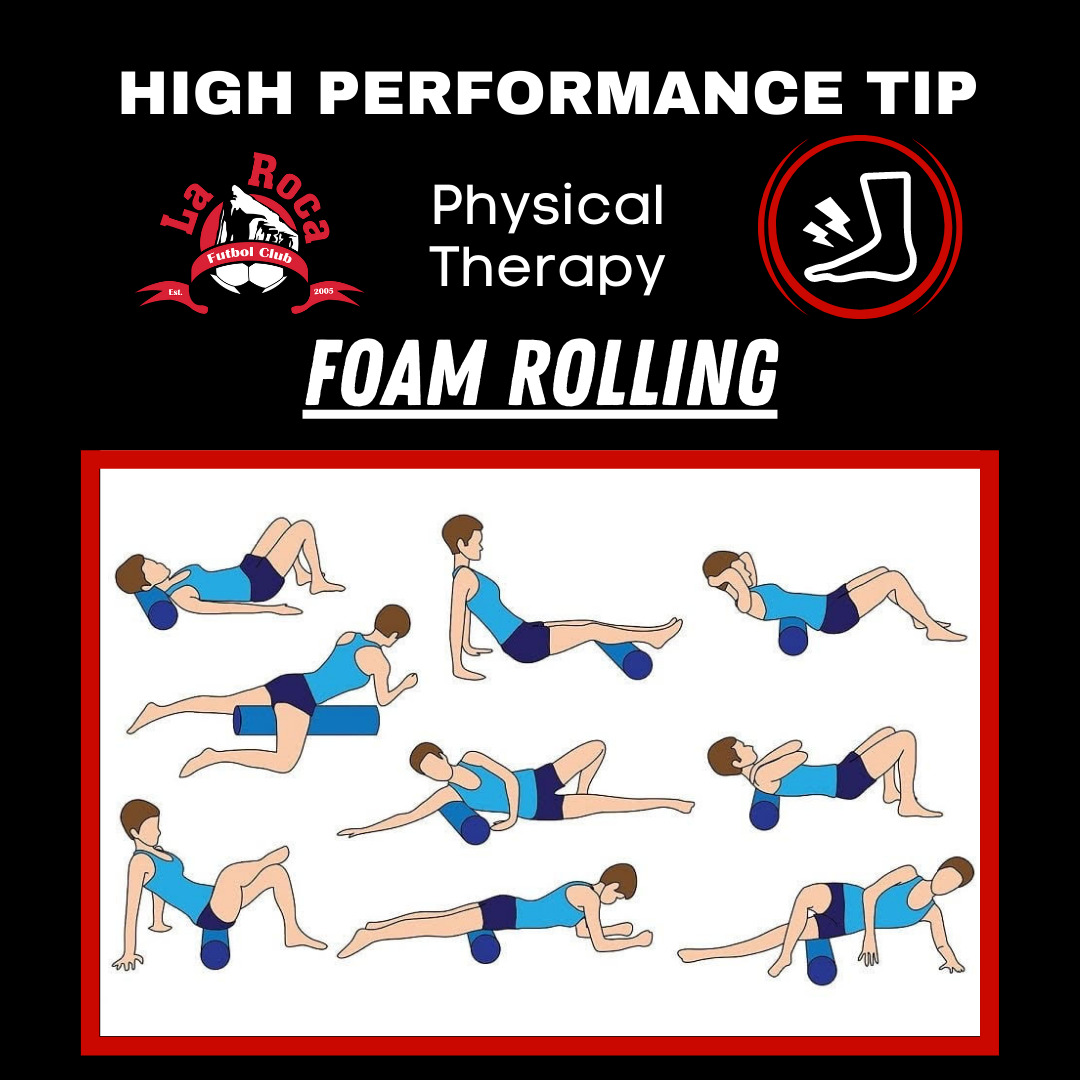
Rolling out or foam rolling, also known as self-myofascial release, is a great tool in helping your body recover. Spend about 1 minute on each body segment, or about 8-12 deliberate passes over a segment.
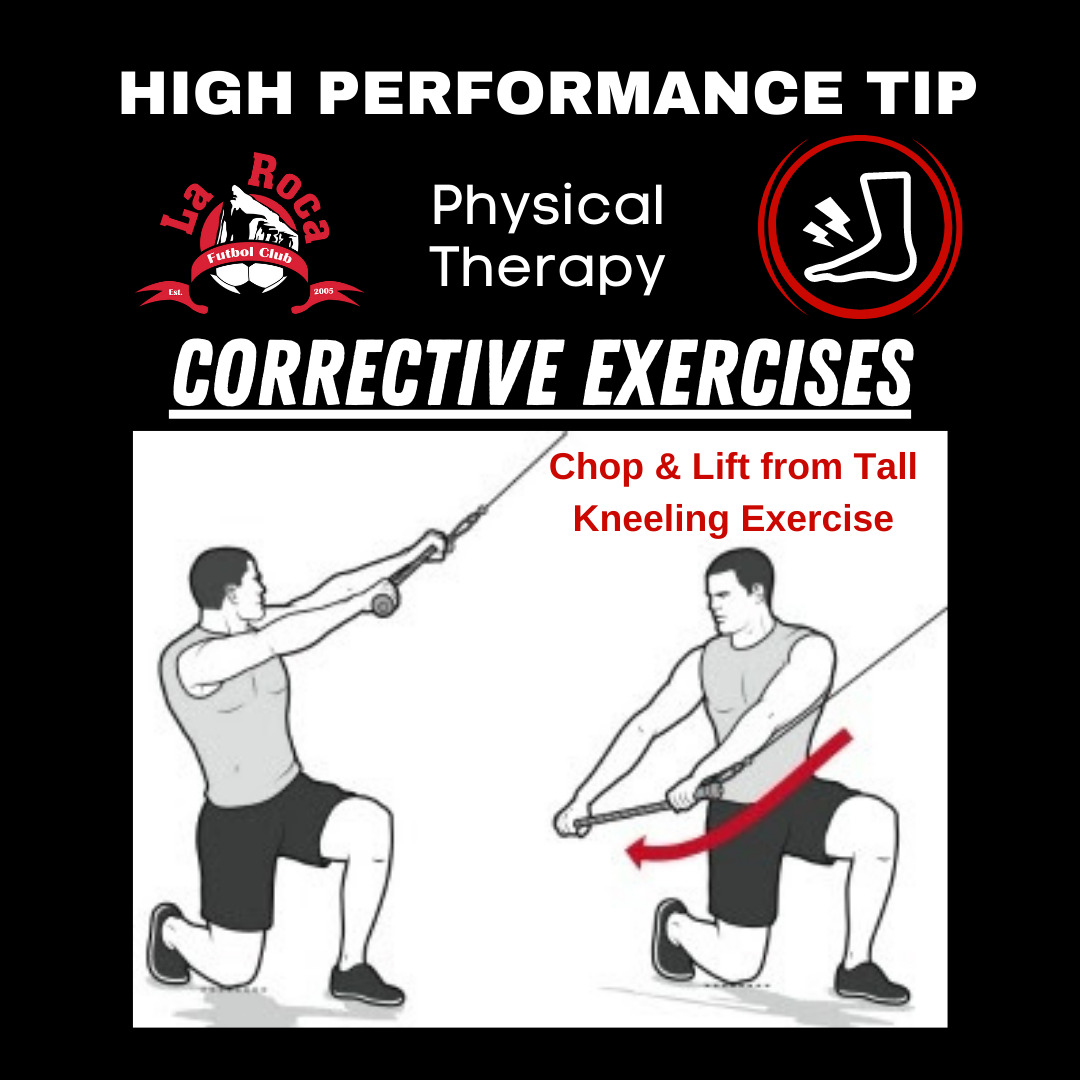
Corrective Exercises are exercises that are performed to help an individual move better. Did you see Monday’s post about the Functional Movement Screen and the Overhead Squat? Based off of your Overhead Squat score, different exercises might be prescribed. Shown is a picture of static motor control exercise for the Overhead Squat called the Chop & Lift from Tall Kneeling.
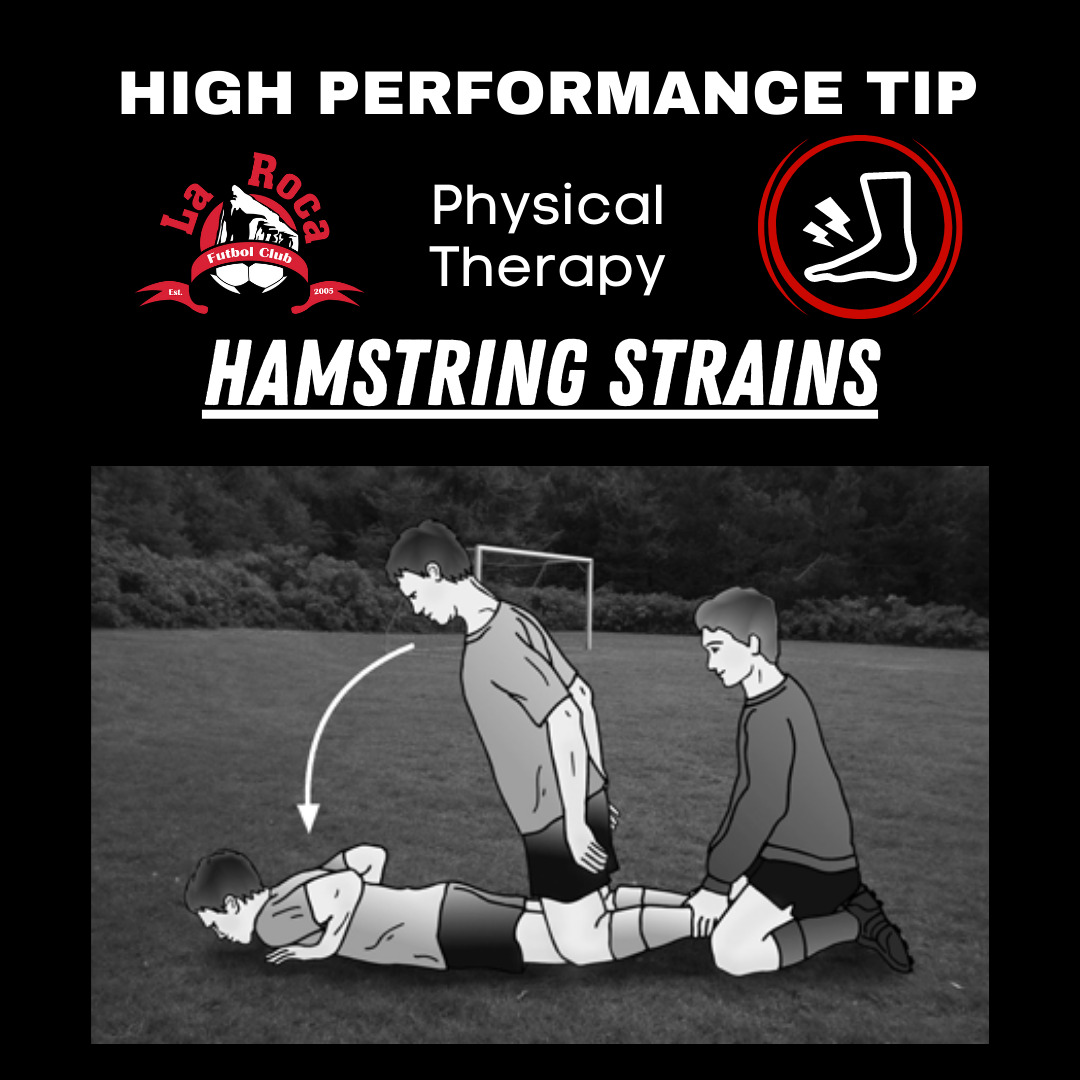
Hamstring strains account for about 50% of all muscle-related injuries in soccer, and are more common in males than females. The reasons for these strains are lack of strength, lack of flexibility, poor mechanics, and lack of fitness. Here is a picture of a great hamstring exercise called the Nordic Curl, or Glute/Hamstring Raise.
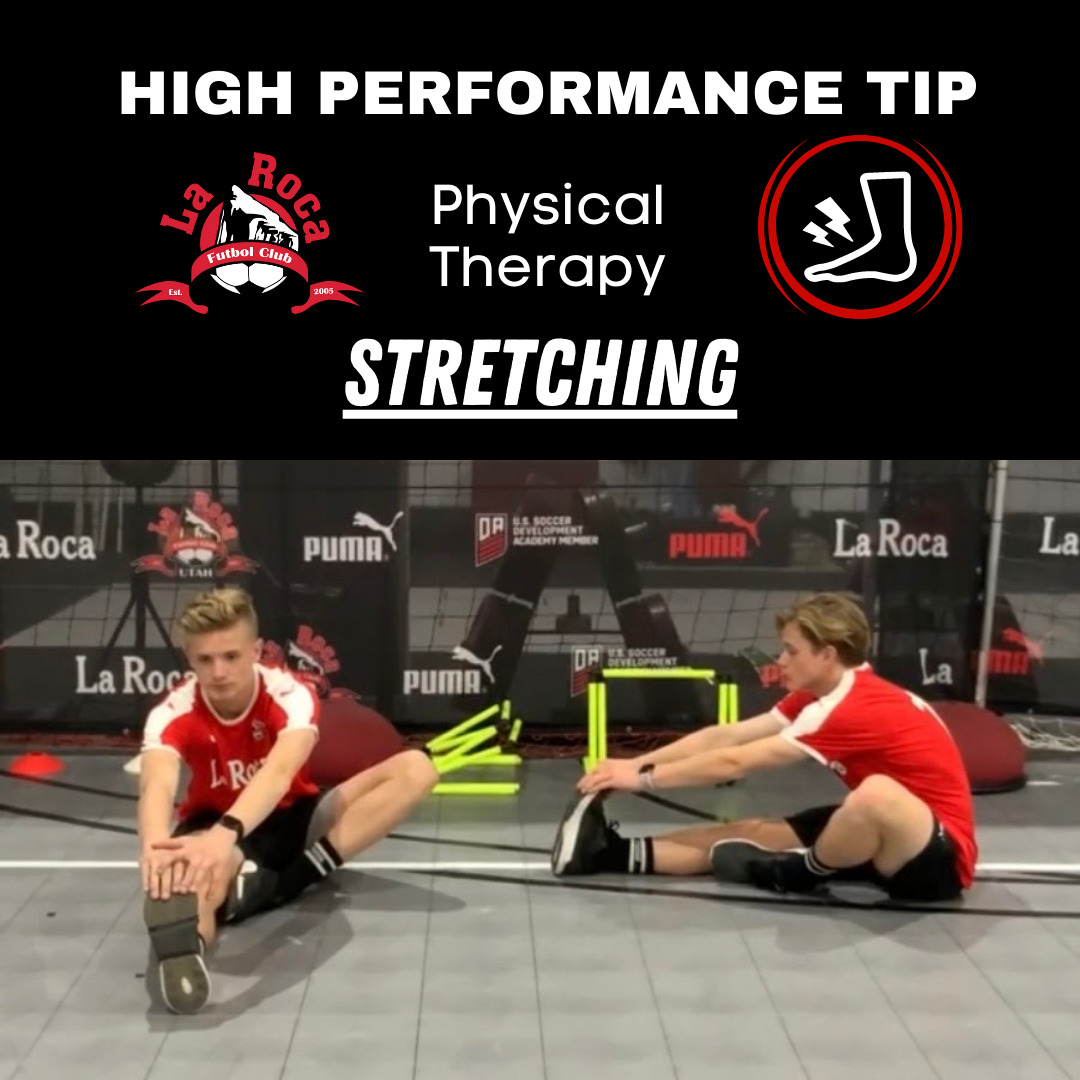
Stretching is vital to the health and performance of an athlete. This is a picture of the Inverted Hurdler stretch. A good goal for an athlete is to be able to touch at least your toes while maintaining a straight leg.

You’ve been told you have a grade 2 MCL sprain. You want to know how long it will take to fully heal. This table has great info about average healing times for different types of injured tissues. Healing takes time. You can optimize recovery with rest, proper nutrition, rehab, and graded activity. But remember to be patient with yourself and the process. Refer to this table when wondering how long it will take to recover from your injury. Thanks for the awesome info @dr.caleb.burgess!
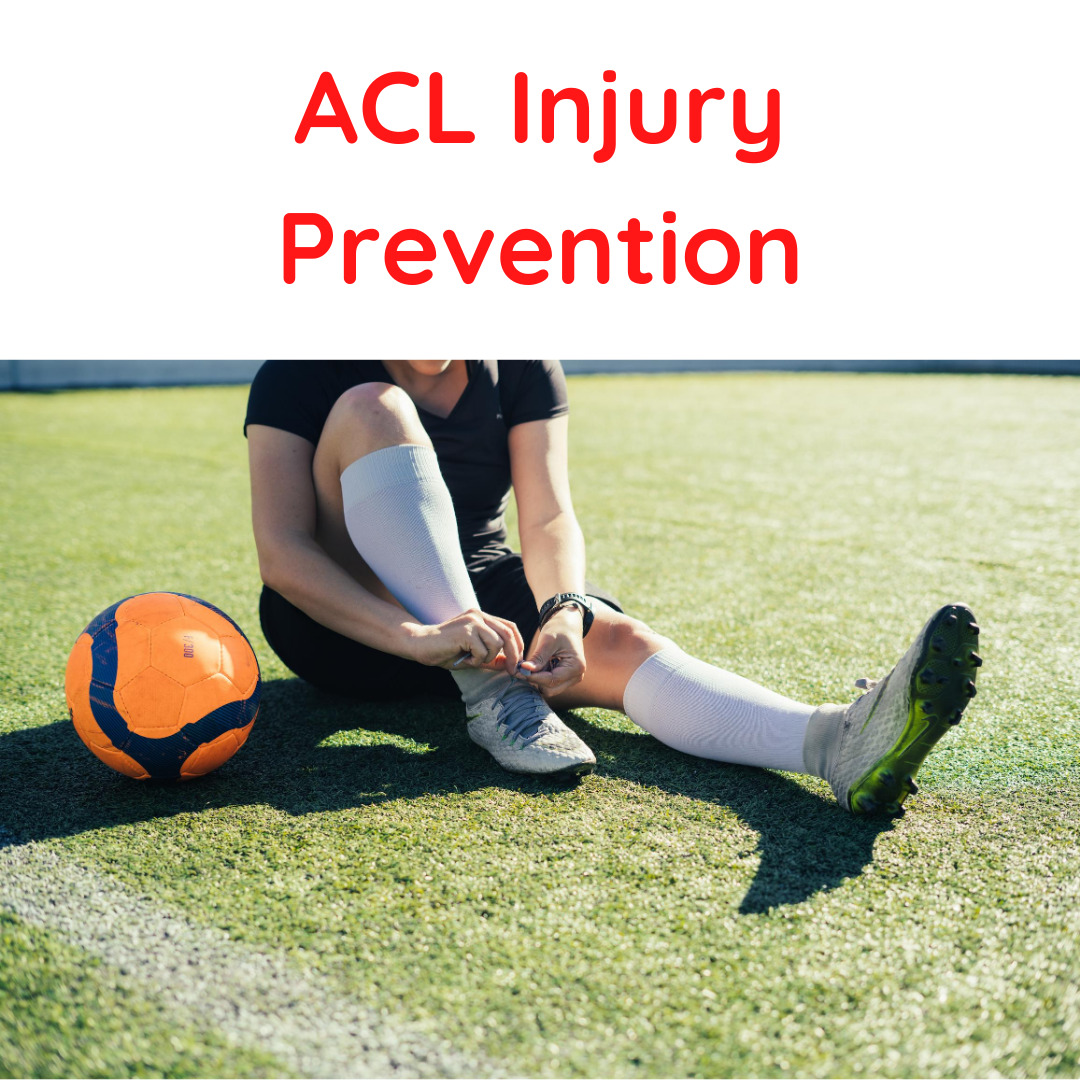
An ACL injury is one of the most debilitating sports injuries for an athlete. With the correct injury prevention program, ACL injuries can be reduced up to 80%. But did you know that by doing these programs you can also show improvements in speed, vertical jump, and overall strength?

Hamstring injuries are one of the most common injuries in sports. They usually occur during sprinting or cutting. Luckily, there are things that you can do to greatly reduce your risk of hamstring injury. Check out the exercises below and keep your hamstrings healthy for the season! 1. Sprint training 2. Hamstring strengthening (try Nordic hamstring curls and single leg Romanian deadlifts) 3. Quad stretching 4. Plyometric training (try split jumps and box step ups to mimic sprinting)

